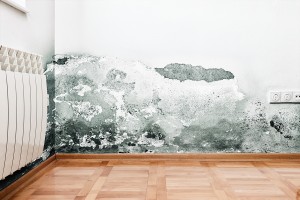Mold Prevention Techniques
 When it comes to a severe mold infestation, there is really only one real solution; you should call in the experts to deal with it, which is something that we, at AAAction Waterproofing have a lot of experience with. However, just as important mold extermination is mold prevention, and this is something that any building or home owner can do all by themselves to prevent a serious outbreak that would require our expertise. Here are the factors you need to consider when it comes to mold prevention techniques.
When it comes to a severe mold infestation, there is really only one real solution; you should call in the experts to deal with it, which is something that we, at AAAction Waterproofing have a lot of experience with. However, just as important mold extermination is mold prevention, and this is something that any building or home owner can do all by themselves to prevent a serious outbreak that would require our expertise. Here are the factors you need to consider when it comes to mold prevention techniques.
Temperature Control
Many molds prefer warmer temperatures, which is one of the reasons why winter sees minimal mold activity. The warm Maryland summers are, unfortunately, another story. If you have air conditioning in your home, keeping the indoor temperature at approximately 70 degrees or less can help prevent mold from finding the interior inviting and comfortable.
Lighting
Many types of mold prefer dark, out of the way places to begin colonies. This is why it’s rare to see large mold colonies in a living room or any other area with a lot of exposure to sunlight. While this isn’t necessarily a tactic you can use in more out of the way places like attics or crawlspaces, letting sunlight into as many parts of a structure as possible contributes to discouraging mold growth in those areas.
Humidity Control
This is probably one of the single most important factors in controlling mold growth. Mold absolutely thrives in moist areas, and the humid summers of Maryland are no exception. If you have access to a dehumidifier, you should use it during the moist summer seasons. You should never allow water to accumulate in any place for more than 48 hours, as this sets the stage for mold spores to settle and begin growing into a colony. Even wet laundry left to sit in a pile and not put in a machine, or hung out to dry can begin showing signs of mold growth if the wet clothes are left in a dark place and neglected long enough.
This also applies to outdoors, especially with blocked rain gutters or any other potential places where water can sit and stagnate. Any and all of these places become an invitation to mold growth if left alone. A little diligence in inspecting a property for collecting water, or leaks in out of the way places will go a long way towards preventing mold from getting a foothold into your home or building.
